Free Video River Fly Fishing Course
20+ instructional videos, shot in 4k. Free to all new and existing newsletter subscribers – Click Here!

Article notes:
Applies to fly fishing in rain-fed rivers in the UK.
Introduction
River trout anglers rejoice that February is a short month. Once March arrives it means only a few weeks until the river trout season is open for most of the country (unless you are lucky enough to be fishing in Wales and get an earlier start date).
It can feel like a long wait since October and as the season gets nearer, anglers will be itching to get out on to the rivers. All that excitement, enthusiasm and preparation can often result in disappointment as early season trout are notoriously reluctant to cooperate.
There is an old saying;
“It’s not worth casting a fly until there are leaves on the trees”
There are certainly no leaves on the trees on March 18th when my local rivers are open for business!
If you are new to early season fly fishing for trout or find yourself blanking every year, have a read through some of the information below, it might just get you an opening day fish!
Things To Consider
Water temperature.
Water temperature is probably the biggest factor that affects fly fishing for trout early season. Statistically, we are more likely to have snow at easter than christmas. Late march more often feels like winter than it does spring!
Put simply, the lower the water temperature, the less active the trout will be. The less active the trout are, the less they need to feed and consequently less likely to take your fly.
When trout are not feeding they are normally flush on the bed of the river behind a stone or maybe in a depression in the rock bed. They are very unlikely to rise to your dry fly or sprint after your swinging wet, you need to get your fly down deep and put it on the fishes nose.
7 degrees Celsius is a popular figure amongst anglers. Below that the fish are likely to be slower, holed up near the bottom and feeding less. As the temperature gets past 7c then the trout should become a little more active. When we hit 12c then things should start to kick off properly.
So in summary, in cold water, you need to have a deep fly that gets right in the fishes face. See techniques and tactics below.
Pick your time
In cold early season weather fish are far less likely to feed through the day and small windows of feeding are more likely.
The temperature is likely to peak around midday and on a good day, this may result in a small hatch of midges or large dark olives or some grannom caddis once we get to april.
The hatch of food and peak temperature may also stir up a few dormant fish and encourage them to feed.
So forget your early starts, stay in bed and have another cup of tea with your favourite fly fishing magazine.
Another point here is to pick your days. Avoid days when biting cold winds are ripping across the water – it often kills the fishing.
A stiller day with a bit of cloud cover is far more desirable. I have had some fantastic opening days even with a couple of feet of snow on the ground but the weather was steady and still.
If we get into a mild spell then things can be explosive. I remember one opening week when I experienced the biggest hatch of large dark olives I had ever seen. The river was boiling with fish so much that I felt them slamming into my waders as they tried to take the ascending nymphs!
Techniques & Tactics
Bearing the information above in mind, unless you have a rare hatch of flies that coincides with some feeding trout, you are unlikely to be flicking dries upstream. If you want to catch then more likely you will need to be upstream nymph fishing or czech nymphing.
If that’s not your cup of tea and you “only fish with dries” then either consider your outing to be casting practice or stay at home!
Doing well on a dry fly from the off is the exception rather than the norm on cold rain-fed rivers.
Czech Nymphing.
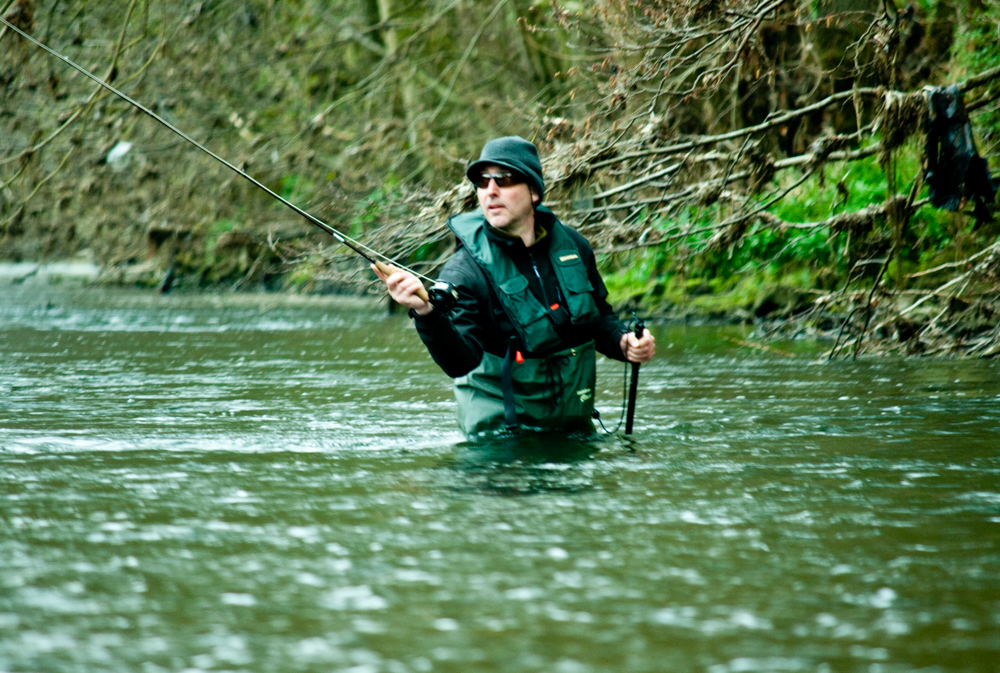
Use either a single czech nymph or a team of 3 depending on the depth of the river. With just a couple of feet of fly line out of the tip of the rod, cast the flies upstream and slightly across and let them trundle down the stream.
Always keep the rod tip slightly in front of where you line enters the water and watch the end of your fly line like a hawk as it travels downstream.
My two golden rules for czech nymphing are:
1. If you are not snagging the bottom every so often then you are not fishing deep enough. You MUST be getting your flies down to the stream bed, the fish are very unlikely to swim up and intercept them. So if you are not hitting bottom every 15 casts or so you need to add more weight. You can either tie on heavier flies or pinch a split shot 6 inches above your fly.
2. Strike at every stop, movement or pause in the end of the fly line. I use a hi-viz braided loop on the end of my fly line and I also grease this up with mucilin to help it to float high on the water. Any kind of stop or pause in this loop needs to result in a quick instant strike!
I spend lots of time teaching this method and see many people not striking because they assume it’s weed or a rock causing the line to stop. Assume everything is a fish and strike!
Upstream nymphing.
On shallower streams where normal nymphs will get to the stream bed then the upstream nymph method can be rewarding. Either a single or team of nymphs can be used depending on your casting ability. The key to upstream nymphing is to be able to pick the slack line of the water with your line hand and keep in touch with the fly without moving it. Avoid long snaking casts that will drag the fly and bring it up off the bottom. Far better to make tidy, short casts and keep everything uder control.
Just like czech nyphing, strike at every stop or pause at the end of the fly line. Use a hi-viz braided loop if required which you can grease up to help it float. Again, just like czech nymphing, your flies must be getting to the stream bed. If you are not hitting bottom once every 15 casts then you need a heavier nymph. There will come a point where the nymph becomes too heavy to cast which is where you switch to czech nymphing.
Early Season Hatches
[ngg_images source=”galleries” container_ids=”2″ display_type=”photocrati-nextgen_basic_thumbnails” override_thumbnail_settings=”0″ thumbnail_width=”240″ thumbnail_height=”160″ thumbnail_crop=”1″ images_per_page=”20″ number_of_columns=”0″ ajax_pagination=”0″ show_all_in_lightbox=”0″ use_imagebrowser_effect=”0″ show_slideshow_link=”0″ slideshow_link_text=”[Show slideshow]” order_by=”sortorder” order_direction=”ASC” returns=”included” maximum_entity_count=”500″]
Flies & Accessories For Early Season Fly Fishing
Czech Tan Bug – BUY NOW >>
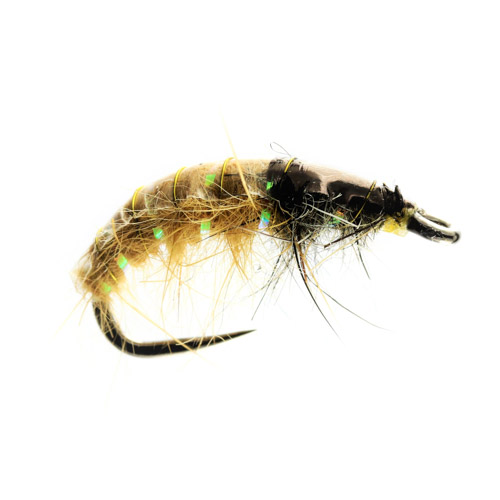
Hydropsyche Larvae – BUY NOW >>
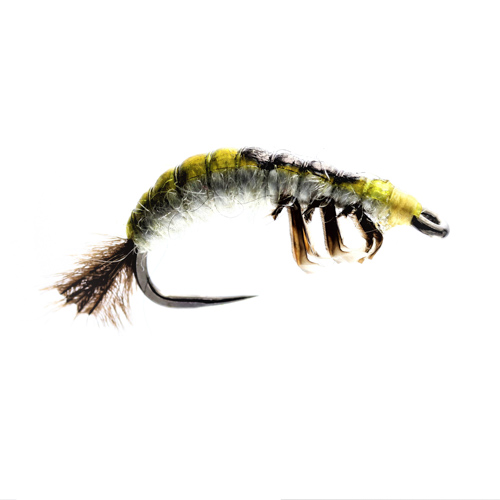
Tungsten PTN – BUY NOW >>
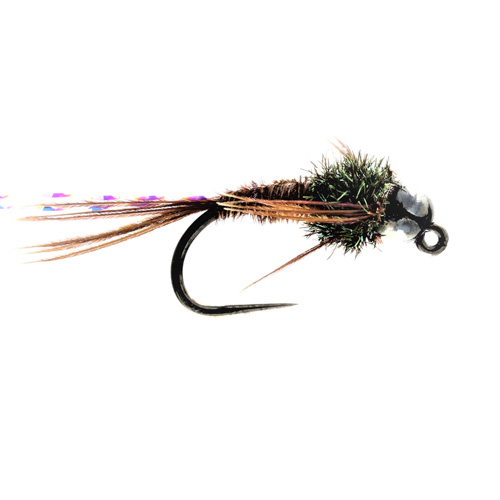
Olive Pupa Tungsten – BUY NOW >>
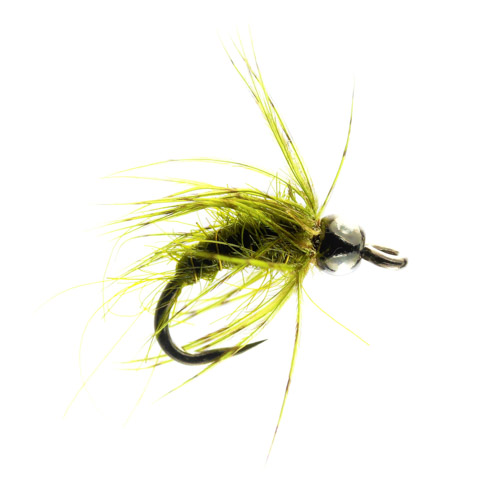
Mucilin Grease – BUY NOW >>
![]()
Hi Viz Loop Connectors – BUY NOW >>
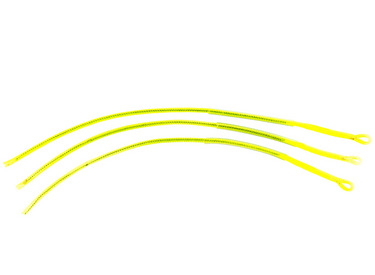
Free Video River Fly Fishing Course
20+ instructional videos, shot in 4k. Free to all new and existing newsletter subscribers – Click Here!



